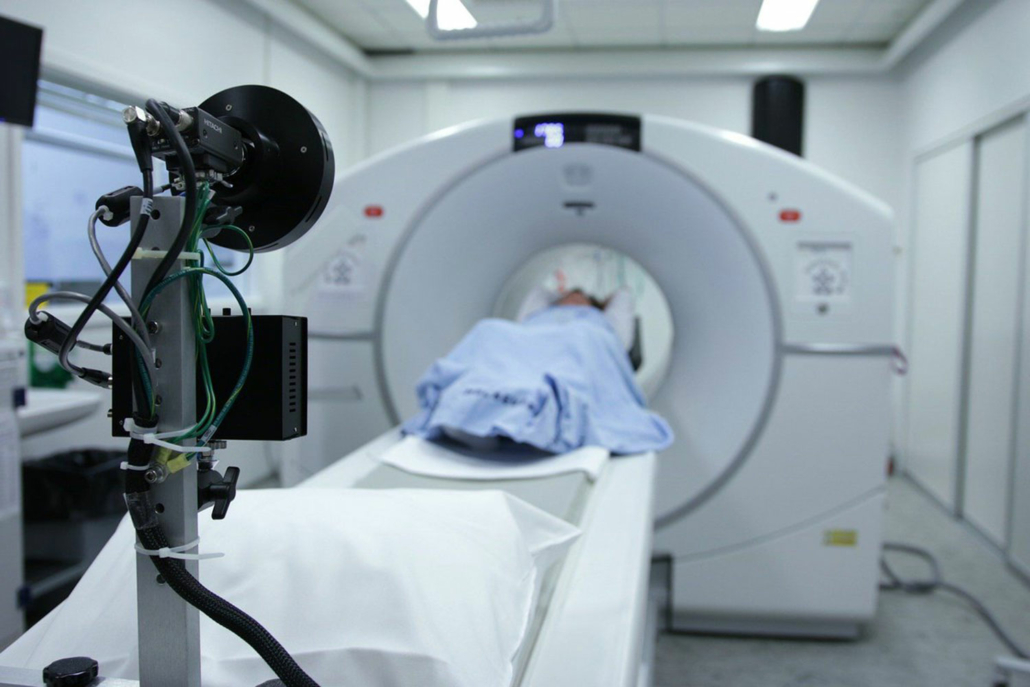In England alone, the NHS deals with over one million patients every 36 hours. With an ever-growing need for better healthcare and facilities, hospitals are demanding better network solutions, with information technology and its supporting infrastructure becoming critical components within the industry. Here, Steve Hughes, managing director of medical power specialist REO UK, discusses the need for consistent power supply to continue life-saving treatments.
In a hospital, doctors and care technicians must have instant, real-time access to a patient’s emergency medical records to review test results or prescribe medication. Not only this, but they often use other connected devices such as Computerised Tomography (CT) and Magnetic Resonance Imaging (MRI) scanners, delivering data-intensive, high quality scans to radiologists in a timely manner. Unlike other networks, hospitals have no leniency for downtime – it can ultimately affect people’s lives.
The increasing electrification of medical devices that monitor, record and process patient data can cause problems to the mains power supply. Consideration must be given to these systems that house valuable personal information to make them robust in every way. This encapsulates a lot more than making sure they are cybersecure and shielded against hacks — data can also be lost through fault and deviations in the electrical system.
For example, equipment such as x-ray machines, which have been used to diagnose patients for many decades, are prone to causing voltage transients and harmonic distortion. The results of these issues can range from the loss of data to a reduced device lifespan due to accelerated component degradation.
If these power quality issues affect the mains, computers can become corrupted and life-saving data lost. This risk only rises with the amount of electrical systems added; making the electrical environment noisier, more distorted, and therefore more likely to damage components and affect performance.
These issues also pose physical safety risks to both patients and caregivers — something that is only amplified in a medical environment. Risk of fire and electric shocks increase where there is conductive parts of the housing that come in contact, directly or indirectly, with people. Similarly, critical systems such as life support machines need consistent power to be able to perform their job effectively, without fatal consequences.
These risks can be mitigated by using isolation monitors and network isolators that provide effective electrical isolation, as well as protecting both people and equipment from the impact of electrical voltage spikes. These isolators, such as the REOMED isonet, work by disconnecting all the electrically conducive connections between the network peripherals and the device.
Network isolators also allow an almost loss-free transmission of high-frequency AC signals, which are used in Ethernet-based signal interfaces, in accordance with the medical requirements of IEC 60601-1. This standard stipulates that devices and systems connected via signal interfaces must have electrical separation devices in the power and data lines.
To guarantee a safe power supply, experience and knowledge are necessary. REO’s medical technology, like the REOMED isonet, is an important component in many critical care applications around the world. These components must be safe and reliable, so each product is rigorously tested against the standards of IEC 60601-1, ensuring that the one million patients seen every 36 hours have the best standard of care possible.



